On April 9, 1969, Bob Dylan’s Nashville Skyline ushered in a new musical era for the ever-changing singer-songwriter. The days of gritty folk-rock were seemingly long gone with this collection of romantic and sentimental country crooners. Johnny Cash, Dylan’s one duet partner across the 10-track record, arguably sounds more like the Dylan the world knew than Dylan did.
Videos by American Songwriter
But Dylan’s sudden shift from his nasal, conversational vocals to a tender, warbly baritone wasn’t the only odd or notable thing that came out of this iconic record made in Music City, USA.
How The Johnny Cash and Bob Dylan Collab Came To Be
Bob Dylan’s Nashville Skyline opens with a duet between Dylan and his long-time idol, Johnny Cash, who shared a mutual respect and admiration for Dylan. “Girl from the North Country” was a virtual swapping of vocal identities. Cash was speech-like and rubato. Dylan was direct and melodic. During a 2009 interview, producer Bob Johnston revealed how he got the pair into the studio.
Although both artists had expressed interest in working with the other, they didn’t have anything on the books when Johnston “coincidentally” arranged for them both to be at Columbia Music Row studio at the same time. While Dylan and Cash were out having dinner, Johnston decided to make the collaboration easy for the musicians. “When they returned, I had a ‘cafe’ set up outside with microphones and their guitars. They came in, looked at the lights, sorta smiled at each other. We did like 18 tracks.”
Kris Kristofferson Lent (Two) Helping Hands
While we consider Bob Dylan and Kris Kristofferson to be peers now, that certainly wasn’t always the case. Kristofferson was working as a janitor at the Nashville studio when Dylan and Johnny Cash were recording in the spring of 1969. The future “Me and Bobby McGee” songwriter was around but not really part of the recording process…until he lent a helping hand to drummer Kenny Buttrey.
Buttrey later said he captured his distinct “Lay Lady Lay” drum part with “a real cheap bongo set” and a cowbell. “Kris Kristofferson was working at the time, and he had just emptied my ashtray at the drums,” Buttrey told Rolling Stone. “I said, ‘Kris, do me a favor, here. Hold these two things.’”
‘Nashville Skyline’ Changed Its Titular City
Critics might be quick to point out how Bob Dylan’s Nashville Skyline changed the folk-rocker’s sound, but even more notable is how Nashville Skyline changed the city for which it was named. “Our generation owe him our artistic lives,” Kris Kristofferson once told Rolling Stone. “The country scene was so conservative until he arrived. He brought in a whole new audience.”
An Interesting Diet, Perhaps Informed By No Cigarettes
One of the most recognizable elements of Nashville Skyline is Bob Dylan’s out-of-character country crooning. According to Dylan, he achieved this new timbre by temporarily quitting smoking. “I tell you,” he once told Rolling Stone. “You stop smoking those cigarettes, and you’ll be able to sing like Caruso.” Of course, when a regular smoker quits, they sometimes pick up a different oral fixation. Some people choose gum, others go with lozenges, some eat more often.
During his 2009 interview, Bob Johnston recalled Dylan being in the last category. “He’d eat candy bars and drink milkshakes and all. Nobody does that much.”
The Producer’s Clever Workaround To Dylan’s Vocals
Speaking of vocal delivery, Bob Dylan might have changed his timbre, but he didn’t change much about the physicality around his singing. Dylan’s catalogue is full of famously loose recordings that vary in speed, tempo, and consistency. His vocals are no exception. To capture Dylan in whatever position he might cock his head to, producer Bob Johnston had to get creative.
“I had three microphones because he was always jerking his head around,” Johnston recalled. “I put the microphone on the left, center, and right. It didn’t matter where in the f***in’ room he went.”
Timing Didn’t Really Matter…Until It Did
While the tracks on Bob Dylan’s Nashville Skyline might have felt easy-going and loose, the structure in the studio itself was far more regimented. Dylan’s rubato way of performing made live tracking essential. And because Dylan was spending entire days in the studio and occasionally tracking during the wee hours of the morning, if a musician wanted to be on the record, they had to stay available. That meant no trips home, no gigs, just studio time.
“I told everybody if they quit playing they were gone,” Bob Johnston said. “It didn’t matter because I could overdub anybody but Dylan. But if you quit with him, you’ll never hear that song again.”
Johnston’s strict rules about staying in the studio weren’t just to save time. He fully believed in what they were making. “I wrote songs, too,” he said. “Dylan changed the world. Every song he did, I loved. I was a Dylan freak, and I knew he was changing the world. I knew he was changing society as we knew it.”
Photo by Brian Moody/Shutterstock

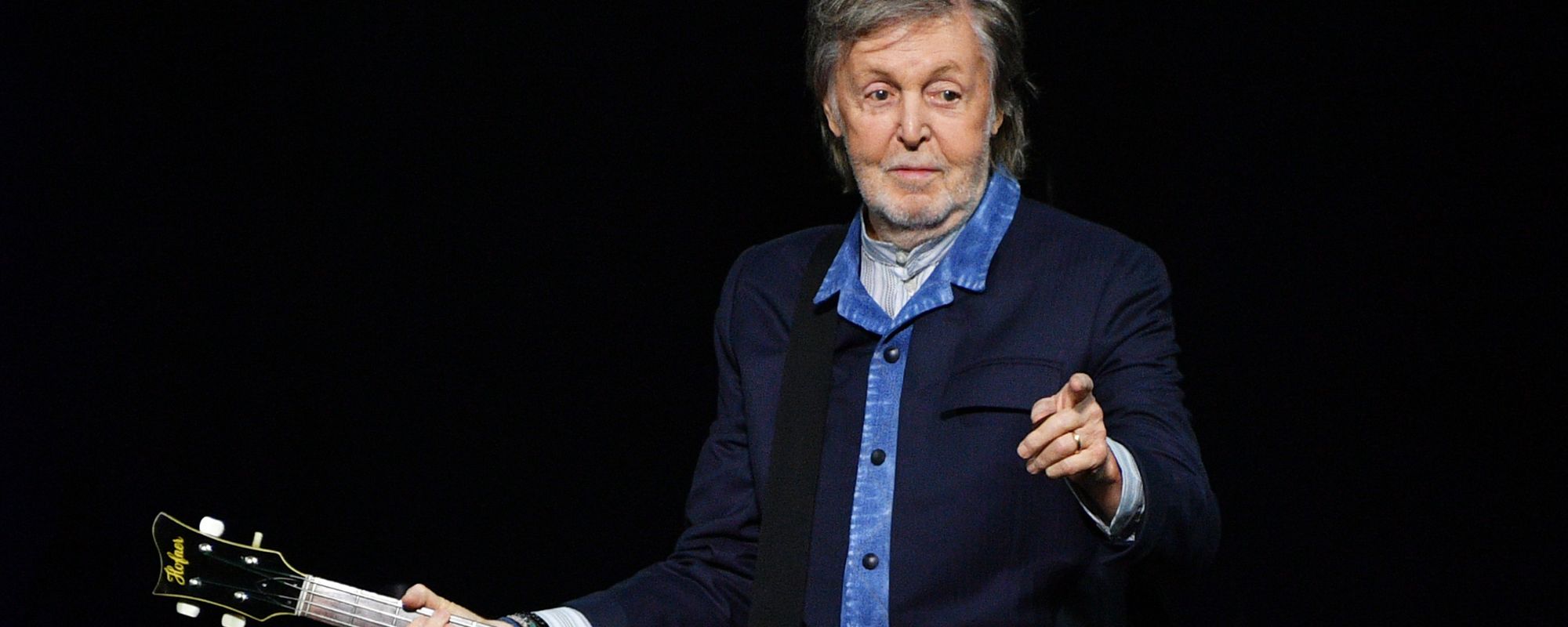

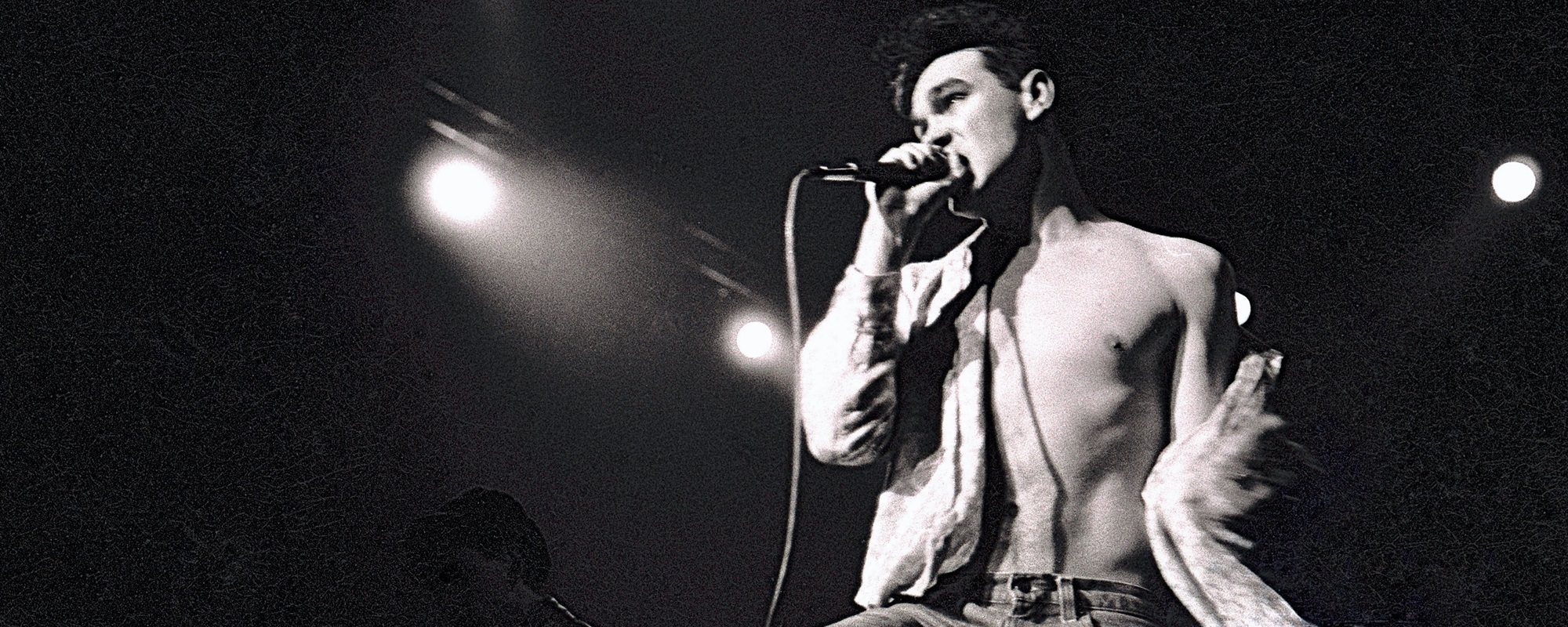
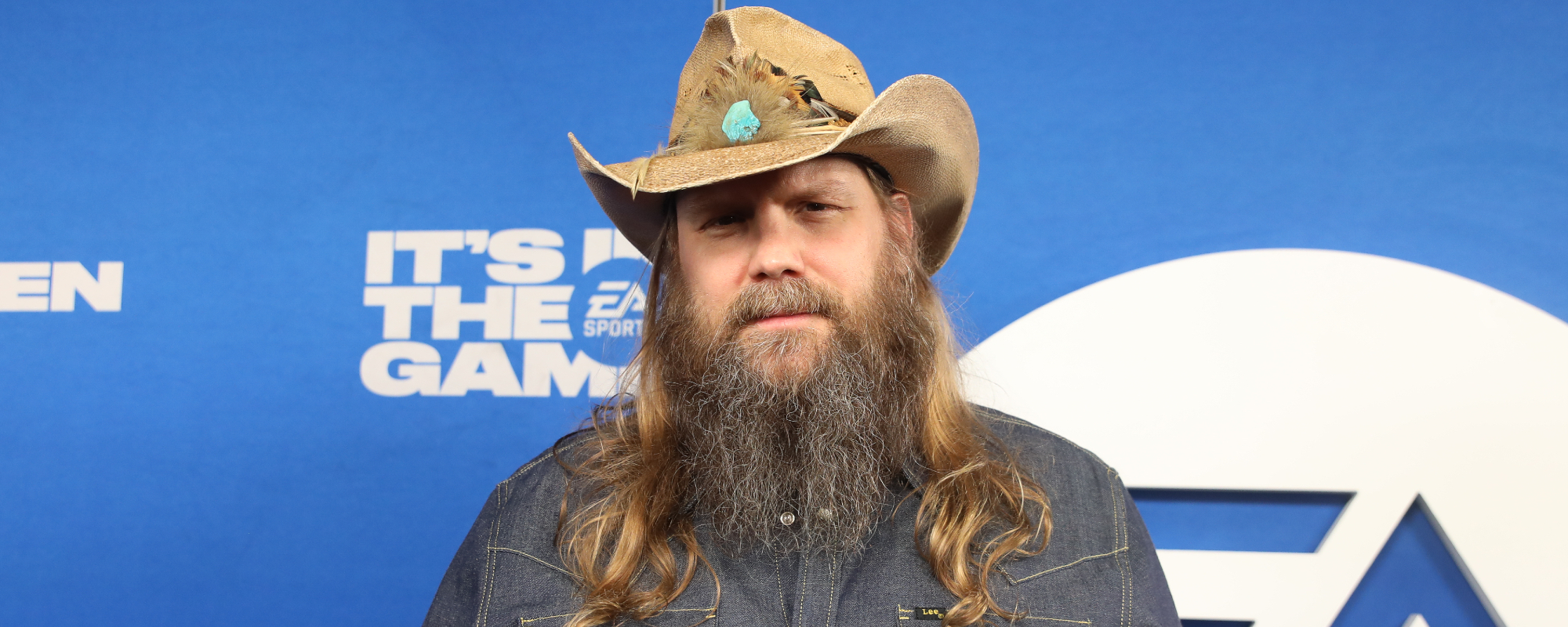
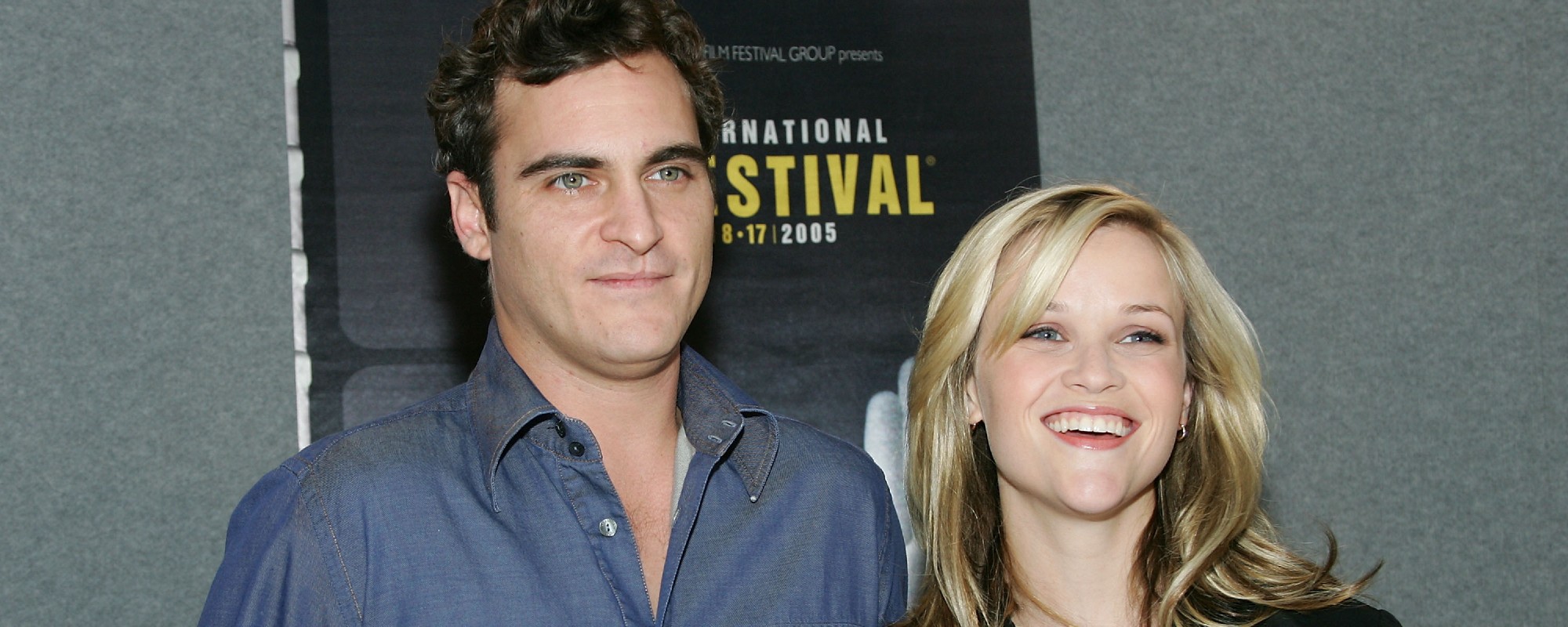


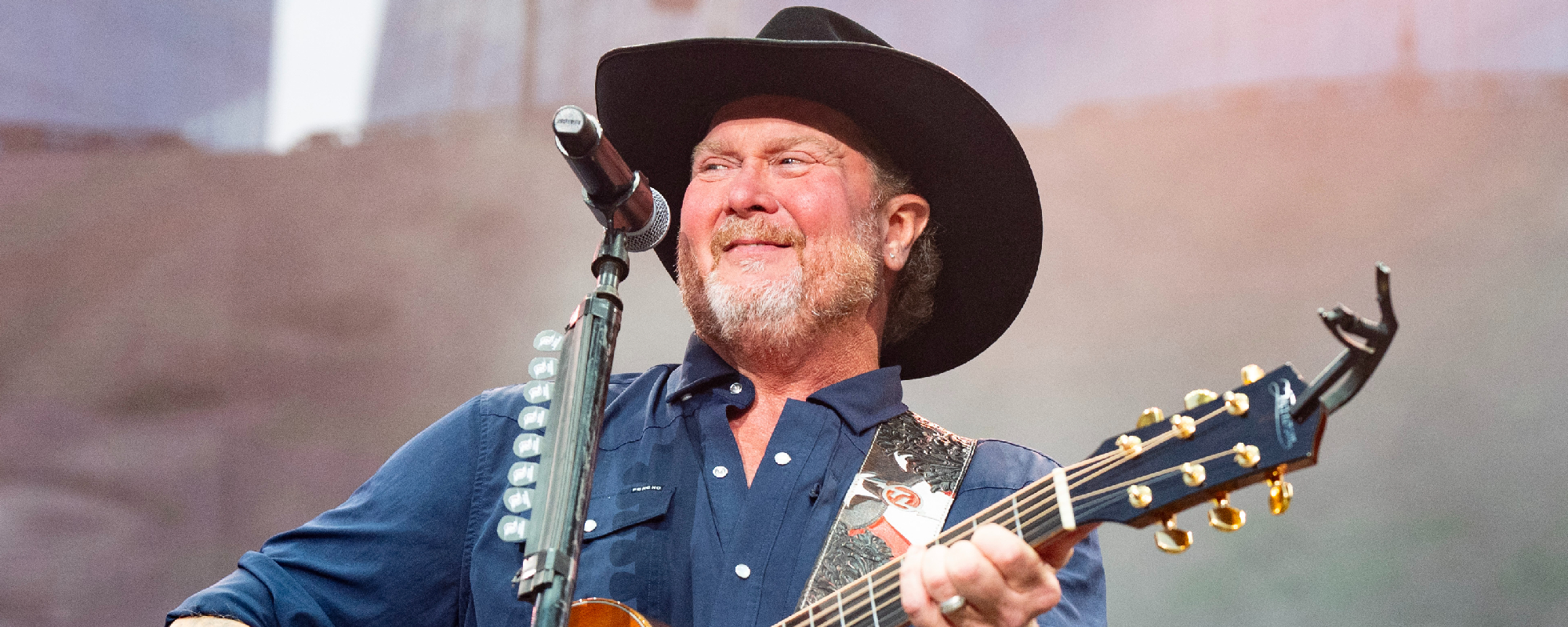
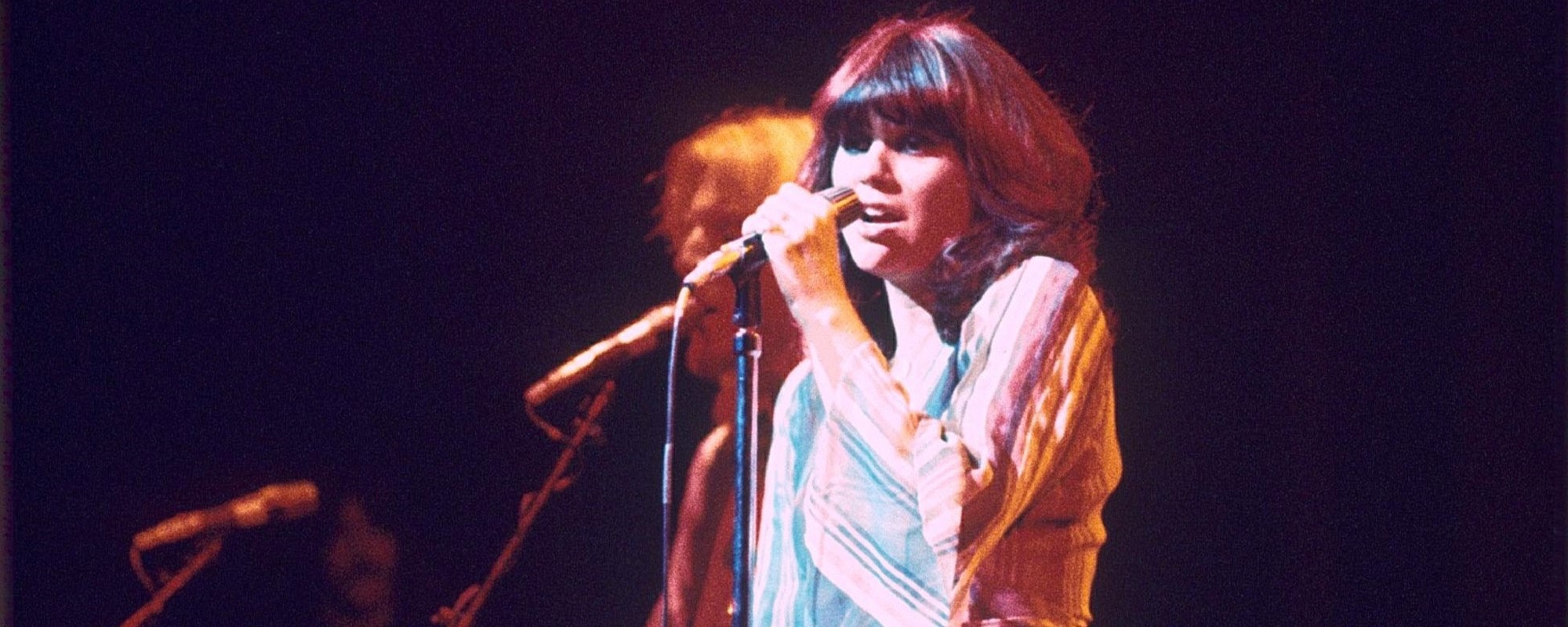
Leave a Reply
Only members can comment. Become a member. Already a member? Log in.